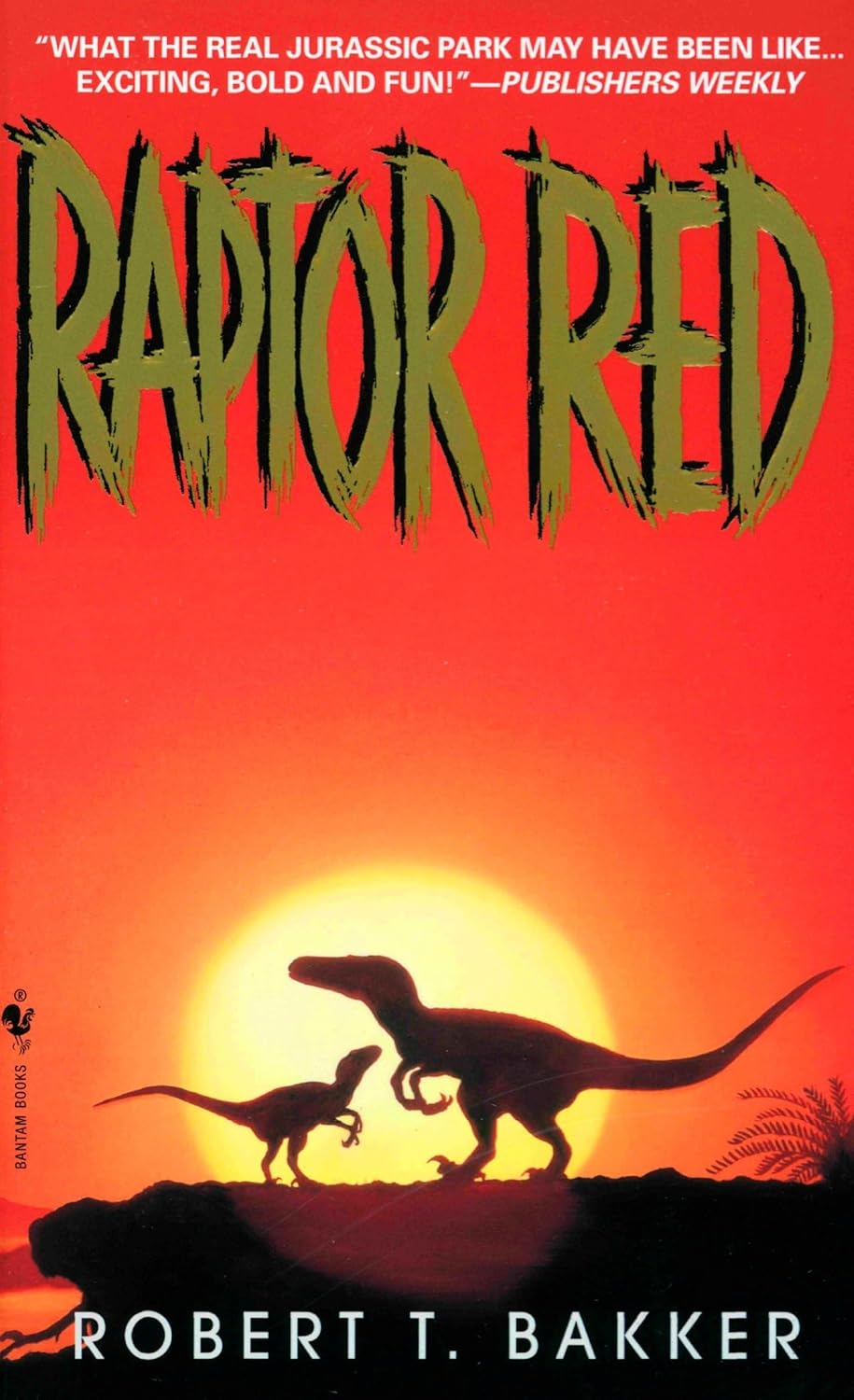Raptor Red: A Mesmerizing Journey into the Prehistoric World
As a lifelong fan of both dinosaurs and immersive storytelling, picking up Raptor Red by Robert T. Bakker felt like a natural choice. I had long been captivated by the portrayal of animals in literature and how their narratives can reflect broader themes in life. This book promised not only a glimpse into a lush prehistoric world but also an intimate connection with a female Utahraptor’s perspective.
From the very first lines—where a pair of fierce but beautiful eyes peer from the undergrowth—Bakker sets the stage for an extraordinary tale. The narrative unfolds 120 million years ago in the plains of ancient Utah, allowing readers to experience the thoughts and emotions of Raptor Red as she navigates a world filled with challenges and dangers. The description hinted at a mix of fact and fiction, and I found this blend particularly enthralling.
One of the greatest strengths of Raptor Red lies in its ability to deliver a scientifically grounded narrative imbued with humor and heart. It isn’t just a book about dinosaurs; it’s a story that reflects survival, loss, and migration. Much like some of the feedback from readers such as Kimberly, who reminisced about reading it in her youth, I found myself lost in Raptor Red’s world, discovering layers to the story that I had overlooked in my earlier encounters. Her struggles resonate so deeply, making her not just a dinosaur, but a powerful symbol of resilience.
The book’s accessibility to both young adults and adults is commendable and aligns with what other readers have expressed. Julie, in her brief review, captures the essence of the book being fun and interesting— a spot-on observation. Bakker’s ability to draw readers into the mind of such a magnificent creature makes the narrative engaging, regardless of one’s prior knowledge of dinosaurs.
However, not every aspect resonated as strongly. Some readers noted that certain scientific details were a bit dated and, while that did not detract from my overall enjoyment, it is something to keep in mind for those looking for the latest paleontological insights. BelartTheIlliterateReviewer echoed this sentiment, noting that while the prose and humor enriched the reading experience, the scientific inaccuracies might be a concern for die-hard dino enthusiasts.
Another potential drawback for some readers could be the pacing. While I found the exploration of Raptor Red’s emotions and the lush descriptions of her surroundings captivating, others, like T, preferred a more action-oriented plot. The narrative does take its time to delve into the intricacies of Raptor Red’s life and relationships, which could feel slow for thrill-seekers.
Despite these minor critiques, the book met and even exceeded my expectations. The painting of a prehistoric world was not just visual but emotional, as Raptor Red faced a new predator and the tragic loss of family members. You genuinely feel for her as she embarks on daring migrations to ensure her survival—a testament to the depth of character Bakker has created.
In conclusion, I wholeheartedly recommend Raptor Red not just to dinosaur enthusiasts but to any reader who appreciates storytelling that is rich, thoughtful, and emotionally resonant. Whether you’re familiar with Bakker’s work or are new to his writing, this book is an unforgettable experience that delicately blends scientific theory with fiction. It reminds us of the complexity of life—both human and animal—and will likely inspire a newfound curiosity about the ancient world. You won’t just read about Raptor Red; you will feel her journey in your bones. If you haven’t read it yet, do yourself a favor: grab a copy and dive into the extraordinary life of this remarkable dinosaur.








